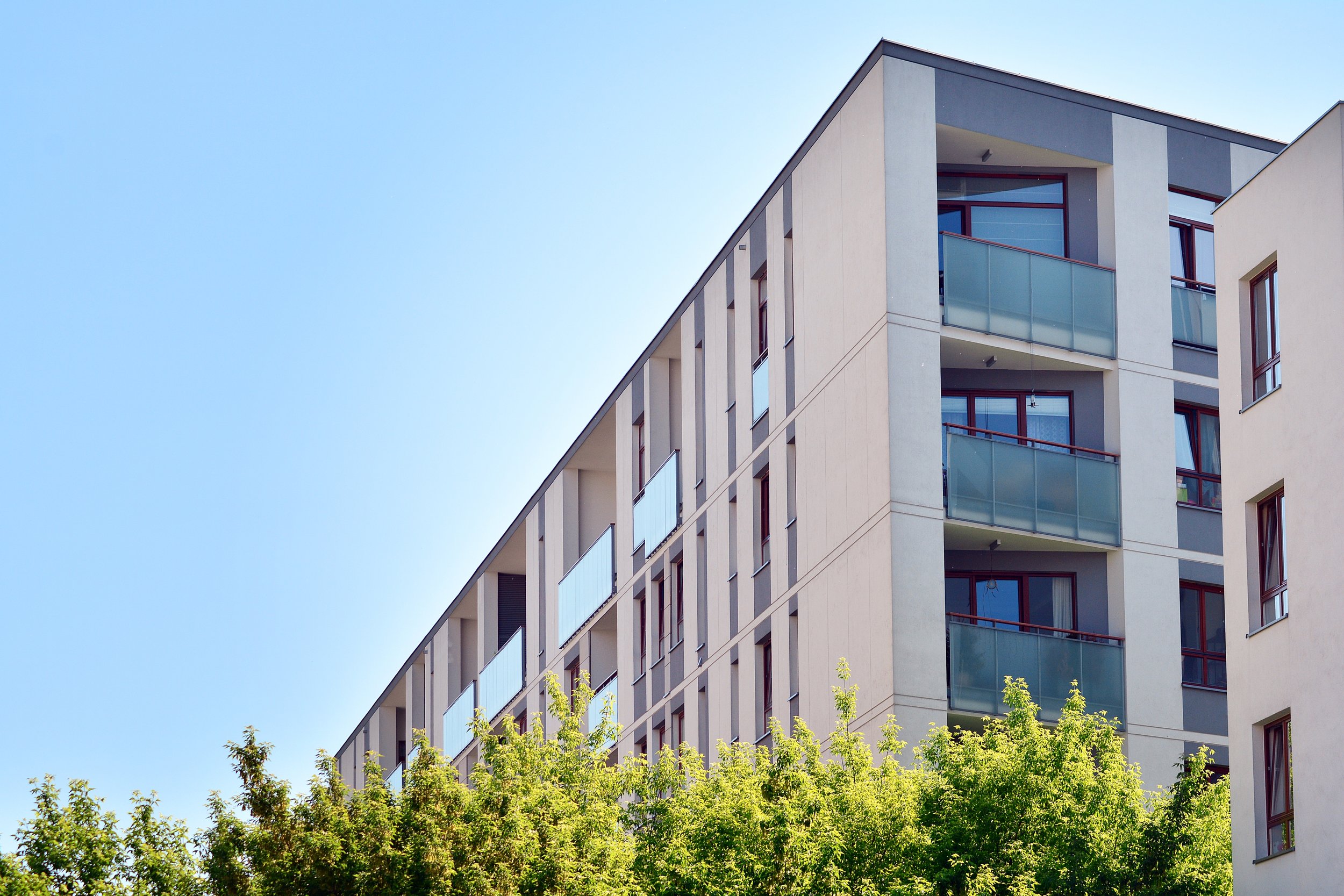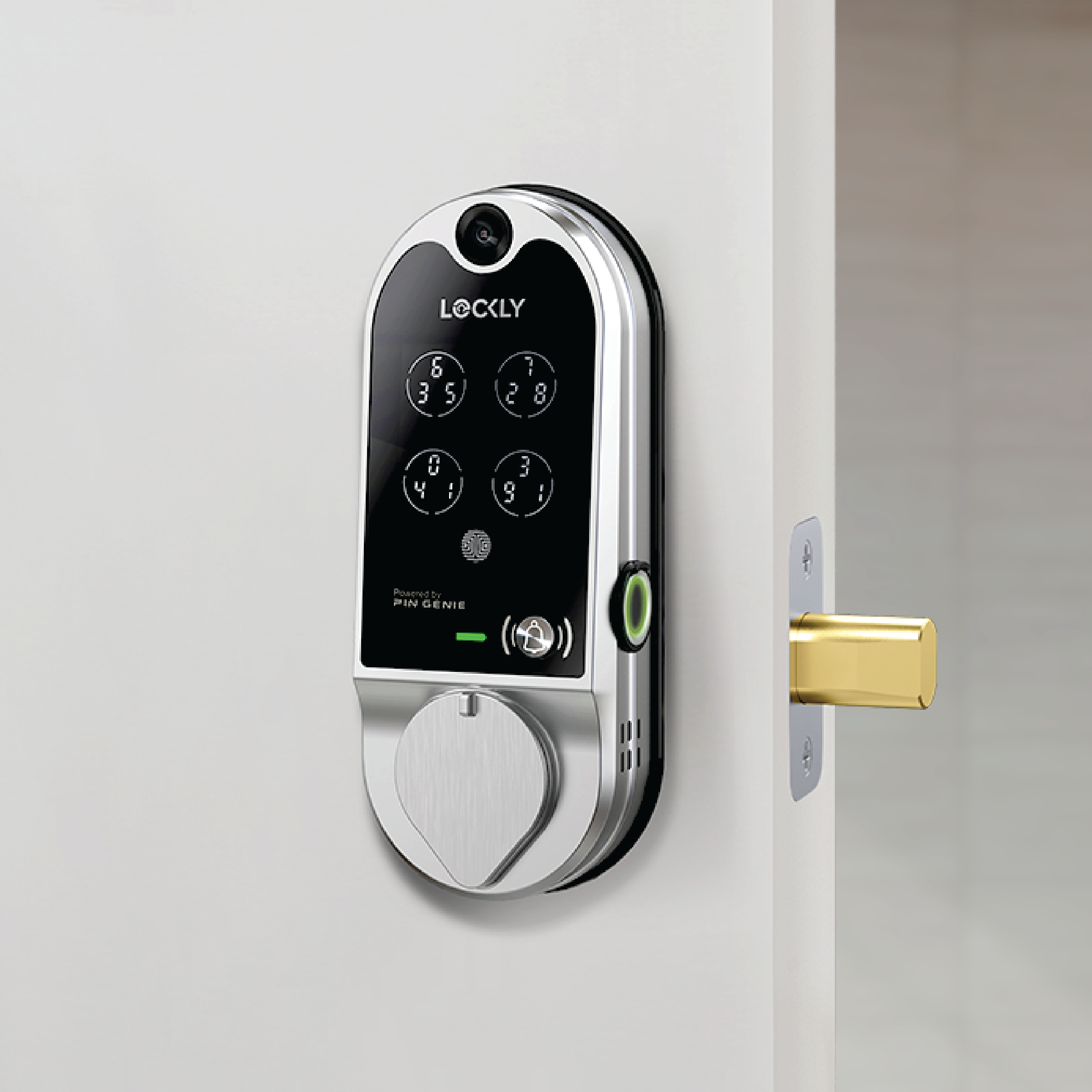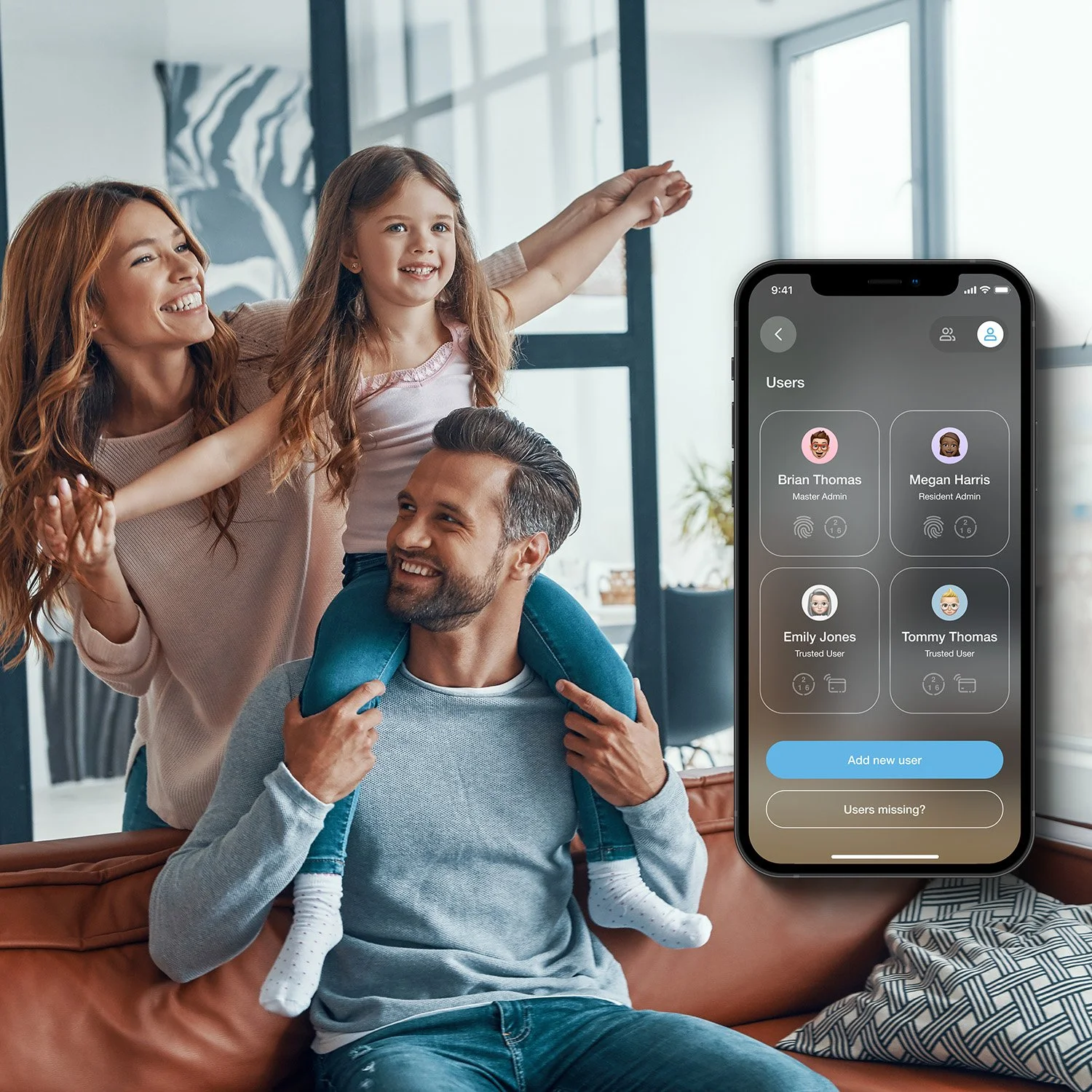
Total access control
tailored to your needs.
Smart access and security for every door
We designed our products to ensure every door, from the main entrance to each unit, is connected and secured.
Manage and control
from anywhere, anytime
Monitor door status in real-time, receive alerts, and remotely lock or unlock with our apps or online portal.
Professional setup
with dedicated support
From installation to provisioning, our partners and support are committed to your success.
Our Smart Locks
See the big picture
Remotely grant access, track entries, and receive off-hours alerts. LocklyOS Access Management Portal empowers you to manage access and monitor activity across every door in every building.
Modern locking solutions with industry-leading features
We continuously innovate, offering a diverse range of modern, durable locking solutions equipped with industry-leading technology and features.
Smart Safe
The Smart Safe Built for Real Security — Twin Credentials & Duress Fingerprint Protection.
The Lockly Advantage
Morocco Williams, Castle Rock Properties
“The most impressive product
I have ever seen in the last 20 years! We have tested over a dozen different products!”
Tanner Brady, Smart Living Properties
“We didn’t want to just install smart locks across our properties, we needed a total access solution.”
FAQs
-
Smart access control uses advanced technologies such as keyless entry, biometric authentication, and remote management to allow secure, efficient control of who can access your property. With LocklyPRO, you can manage access using a smartphone app, web-based dashboard, or even biometrics like fingerprints and face recognition.
-
Lockly uses 128-bit encryption, AWS servers located in the US, and patented PIN Genie technology, ensuring that your access control system is highly secure. Our locks are also designed to prevent hacking attempts using photos, lifted fingerprints, or password guessing.
-
Yes! LocklyPRO’s cloud-based system allows you to manage multiple properties, individual rooms, and access for residents, guests, and service crews, all from a single platform. It’s perfect for property managers looking to streamline operations across several locations.
-
LocklyPRO offers unmatched flexibility, forward compatibility, and lifetime technical support, combined with our powerful LocklyOS to enable seamless control from anywhere, anytime.
-
Yes, LocklyPRO locks are designed to work even during power or internet outages. The lock itself runs on battery power, and you can still unlock it using offline methods such as PIN entry or fingerprint access. Additionally, you will receive notifications when the battery is low to ensure continuous operation.
-
Yes, LocklyPRO is compatible with several third-party platforms, allowing you to integrate it with your existing security system or smart home devices. Our system supports popular home automation platforms like Google Assistant, Alexa, and others.



















